How to Write Copy That Sells: The Step-By-Step System For More Sales, to More Customers, More Often
£10.40
This book is for everyone who needs to write copy that sells—including copywriters, freelancers, and entrepreneurs. Writing copy that sells without seeming “salesy” can be tough, but is an essential skill. How to Write Copy That Sells offers tips for crafting powerful, effective headlines and bullet points, reveals the secrets of product launch copy, and supplies specific copywriting techniques for:
- email marketing
- websites
- social media
- direct mail
- traditional media ads, and more
“Ray invites you into his inner sanctum where he opens his real-life copywriting toolkit . . . Get this book!” —Judith Sherven, PhD, and Jim Sniechowski, PhD, bestselling authors of The Heart of Marketing
Read more
Additional information
| Publisher | Morgan James Publishing (16 Feb. 2016) |
|---|---|
| Language | English |
| File size | 1207 KB |
| Text-to-Speech | Enabled |
| Screen Reader | Supported |
| Enhanced typesetting | Enabled |
| X-Ray | Enabled |
| Word Wise | Enabled |
| Sticky notes | On Kindle Scribe |
| Print length | 186 pages |


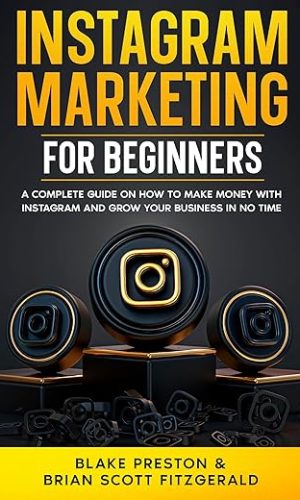

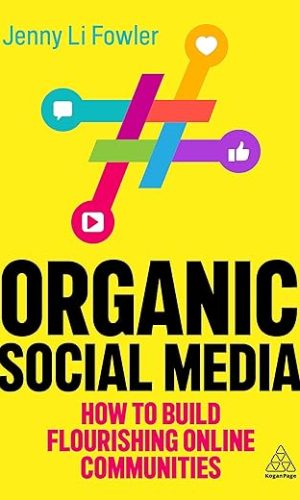
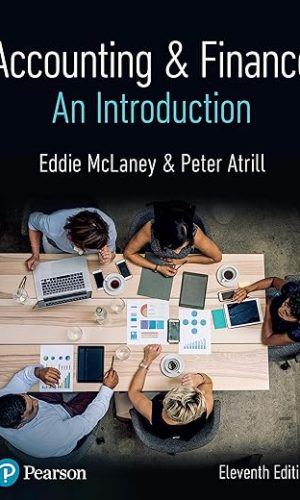
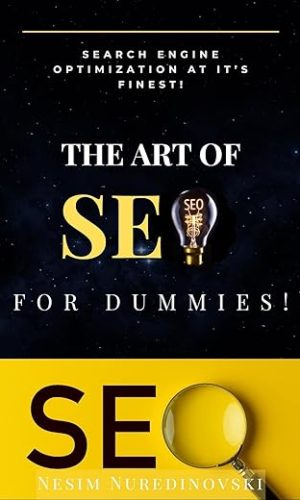
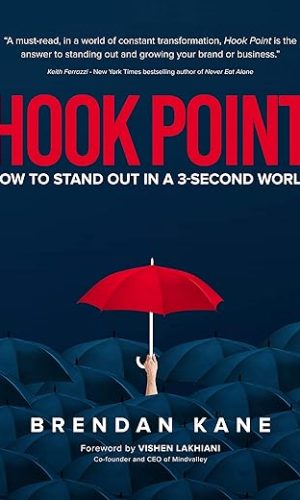
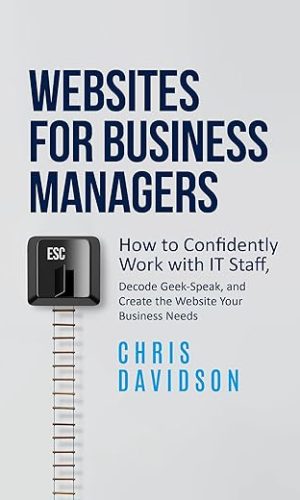
by Paul Simister
The author is an American copywriter with more than 30 years experience and has written a wide-ranging book on writing copy.
As you’d expect, the book is easy to read. It flows nicely and us very clear. There is also a helpful summary at the end of each chapter.
It includes a new (to me) acronym for producing copy – called PASTOR – based on doing right by the customers. It starts by understanding the people, their problems and pains.
The second chapter builds on PASTOR to identify the components of a successful sales letter, online or offline, the components are basically the same.
Chapter 3 focuses on the critical topic of headlines for your sales letters, blog posts etc. This is often described as the “ad for the ad” because it must encourage target customers to read more. The chapter contains sensible advice along with five formulas but I thought the contents was a bit skimpy.
Chapter 4 looks at writing persuasive emails. The big advantage of email is the ease someone interested can get more details of the offer or buy since all you have to do is click on the link. There is no time delay or effort. It explains the main types of email sent by marketers and gives you tips on how to write them.
Chapter 5 explains how to write bullet points. These are the short statements which cause your curiosity to shoot up, and if ignored, can nag away at your brain, forcing you back to the sales letter to take a second look at the offer. It talks about 21 different types of bullet points which made me aware this is a neglected area of my study and working practices. The book recommends building a swipe file for bullets to help inspire you. (You can find successful sales letters to swipe on the internet.)
Chapter 6 is about offers, risk reversals and closures. This is an introduction chapter before the topics are reviewed in more detail in their own chapters. It has 21 tips across the three categories
Chapter 7 focuses on guarantees. It takes you through a ten step process for writing them. There is also an example of how the 10 steps can transform a weak guarantee.
Chapter 8 examines the close. This is how you summarise and ask for the sale. The author shares the five closing templates he uses most often.
Chapter 9 is about making irresistible offers. It covers the 9 offer types the author uses most frequently. Up to your offer section, your copy has been very positive but this section covers the painful issue of the price. This chapter explains how you can tempt more buyers into saying yes.
Chapter 10 looks at copy for product launches, an issue which has become a specialist area of the last 15 years. The author recognises the leading role of Jeff Walker in this are with his expensive train course called the Product Launch Formula and his introductory book called “Launch”.
Chapter 11 looks at the role of stories in your sales copy and what you can learn from Hollywood. This links into David Ogilvy’s one big idea concept.
Chapter 12 is a very brief explanation of how to apply the ideas in the book.
At the end of every chapter, you’re invited to join a free membership site by the author with more training. I’ve joined it but I haven’t watched the videos yet.
Certain aspects of the book may make you feel as if you’re trying too hard and coming across as too salesy. This is a common British view of American copywriting. My advice is to try some of them and test. If they make your copywriting more successful, either push out of your comfort zone on the techniques you’ve tried or add more of the author’s recommendations.
I’m reading a lot of copywriting books at the moment. If I was allowed to, I’d rate it around 4.3 stars, better than most four star books but not good enough to round up to five stars. It’s very strong on copywriting techniques but weaker on what needs to go on in the prospect’s mind. That’s a common weakness.
I’m happy to recommend this for small business owners as a follow up to “The Brain Audit” by Sean D’Souza.
For copywriters, I’m a big believer you need to read the classics – Caples, Hopkins, Schwab, Sugarman, Bird etc – as well as modern books. This is a worthy addition to your copywriting library.
Paul Simister, business coach and copywriting enthusiast.
by Sandra Bellamy Quirky Books
Ray is the best copywriter and this is the best book on the subject. It even comes with a link to his amazing free copywriting course, which absolutely blew me away with how good it is. Look no further than this book, if you want to write great copy. I highly recommend this book.
by Ed Bowers
I am a big fan of Ray Edward he is a great person to learn from because he is authentic especially his expertise in copy writing. Great read with no fluff.
by CH21HD
A brilliant and informed insight into the ways and means of “salesmanship in print“
by Ogbu Chinedu
So far so good.
by Gee11
Value for money. Easy to implement teaching. Lots of bonus materials. Applicable to a wide range of writing, not cust traditional sales.
by jellybean
You only need 10 pags from this book and they are the re caps at the end of each chapter,good book
by Fred
This book covers a lot of ground. Perhaps too much. There’s lots of actionable advice (as the phrase goes) and I had the highlighter finger out. However, (even) more examples would have been helpful. Also perhaps more focus on the sales letter with a deeper dive.